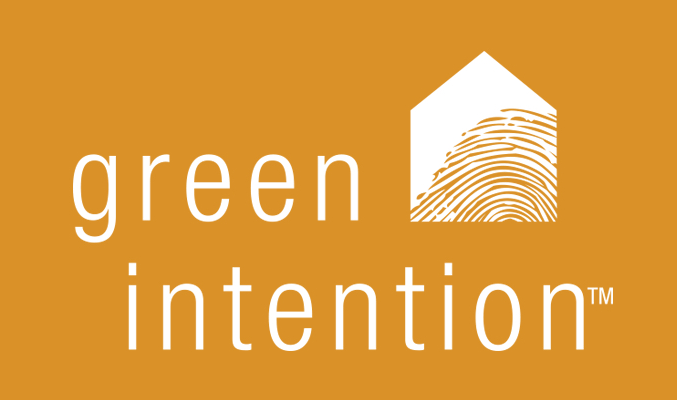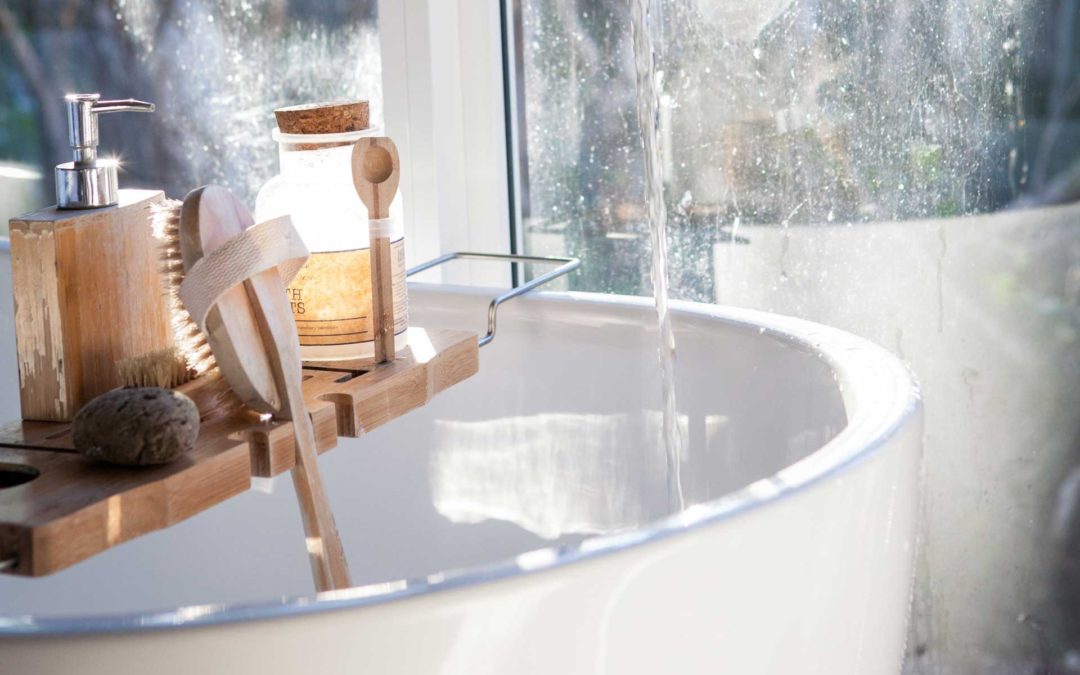Why do we use anti-bacterial soaps and cleaners? Because we are all basically germophobes, and we believe that using these types of cleaners will help keep our families healthy.
Antibacterial products have taken off in the market place, primarily due to advertising that preys on our fear of germs that will make us sick. Indeed, companies that market these products are good at it. Below is an excerpt directly from Walgreens’ website (who’s tagline is “At the Corner of Happy & Healthy” – seriously?!):
Antibacterial hand soaps
If you’re concerned about germs, antibacterial hand soaps can be a good investment. Hand soaps that are antibacterial not only remove grease and grime from your hands – they can also kill disease-causing germs that you come in contact with every day. There are several brands that sell antibacterial hand soaps available from Walgreens.com such as SoftSoap, Lyso, and Dial.
Benefits of germ-killing soaps
Killing germs is essential in some work settings. If you work or run a business where germs are a serious detriment to the health of your workers and customers, investing in antibacterial hand soaps should be a top priority. Triclosan is a common antibacterial ingredient that is added to these soaps to give them their germ-fighting properties. Keeping a antibacterial liquid hand soap pump at every sink will ensure that everyone in the work place has access to germ-killing soap. These benefits will also come in handy in your home. Almost everything people come into contact with is covered with germs. Washing your hands with antibacterial hand soaps ensures that none of the germs you pick up will cause an illness.
I’m sold! But wait…what does antibacterial really mean?
The claim “anti-bacterial” or “antimicrobial” means the product contains the chemicals TRICLOSAN, or its cousin TRICLOCARBAN. Developed in the 1950s and 1960s, triclocarban and triclosan were first used mainly as antiseptic agents in hospitals. Now, these chemicals can be found in liquid soaps, dishwashing liquids, toothpastes, cosmetics, mouthwash, deodorant and fabrics. They are everywhere—in about 2,000 products!
Our exposure to triclosan stems primarily from using antibacterial products themselves, but also from our drinking water. When people use antibacterial products, triclosan gets washed down the drain and into our wastewater infrastructure. Water treatment plants are unable to remove all of the triclosan, and according to the Minnesota Department of Health, it ends up in our lakes and rivers. A CDC (Center for Disease Control) study found triclosan present in the urine of 75% of the people tested.
So what’s the problem?
Let’s start with direct health risks to humans.According to the FDA in a recent ruling (December 2013):
Some data suggest that long-term exposure to certain active ingredients used in antibacterial products—for example, triclosan (liquid soaps) and triclocarban (bar soaps)—could pose health risks, such as bacterial resistance or hormonal effects.
Specifically, studies in rats have shown a decrease in thyroid hormones with long-term exposure to triclosan, Dr. Sandra Kweder, deputy director of the Office of New Drugs in FDA’s Center for Drug Evaluation and Research, told CNN in December. But collecting data from humans is “very difficult” because the studies have to look at a long time period.
Then there is the problem with triclosan in our lakes and rivers—a more indirect health risk to humans and a direct health risk to our ecosystem. According to the Minnesota Department of Health:
Triclosan is harmful to aquatic plants. There is strong evidence that fish, aquatic plants and other aquatic life are more sensitive to triclosan than humans. Triclosan bio-accumulates in the aquatic food chain, especially in plants and the internal organs of fish. Limited studies show that triclosan may impact survival and reproduction in aquatic animals. Triclosan interferes with the normal endocrine system function in fish.
But aren’t antibacterial products more effective at killing germs?
According o the FDA, there is currently no evidence that they are any more effective at preventing illness than washing with plain soap and water.
So, the argument goes, antibacterial products do not do enough good to risk potential harm. While the EPA does claim the evidence of health effects on humans is “still unclear,” overusing antibacterial chemicals could be a serious public health issue: that’s how microbes develop resistance, and not just to these household antibacterials, but also to real antibiotics that are vital to our health.
We may not have to be so diligent in the future, as our public health officials are beginning to looking out for us: The FDA announced a proposed rule in December 2013 that would require manufacturers of antibacterial hand soap and body wash to prove their products are more effective than plain soap and water in preventing illness and the spread of infection. If the rule goes into effect, those manufacturers also will be required to prove their products are safe for long-term use…but there will still not be a ban on these products.
In the State of Minnesota, we are luckier: legislation passed in May of 2014 banning the sale of products with triclosan beginning in 2017. So we’ll still have to read the labels for another few years. While I applaud the new law, it does allow for exceptions: individual products that have received approval from the U.S. Food and Drug Administration for consumer use. I also found the law to read a little oddly:
In order to prevent the spread of infectious disease and avoidable infections and to promote best practices in sanitation, no person shall offer for retail sale in Minnesota any cleaning product that contains triclosan and is used by consumers for sanitizing or hand and body cleansing.
Nevertheless, this is progress!
In the meantime, what can you?
- Avoid products labeled “antibacterial.” Just wash your hands with regular soap and water. (The CDC recommends washing for about 20 seconds.) For hand sanitizer, use ones that are alcohol-based and without tricolsan.
Below is a sampling of products that have contained triclosan or triclocarban.
-
- Neutrogena Deep Clean Body Scrub Bar
- Clean & Clear Oil Free Foaming Facial Cleanser
- Lever 2000 Special Moisture Response Bar Soap, Antibacterial
- Dawn Complete Antibacterial Dish Liquid
- CVS Antibacterial Hand Soap
- Ajax Antibacterial Dish Liquid
- Dial Liquid Soap, Antibacterial Bar Soap
- Colgate Total Toothpaste
- Softsoap Antibacterial Liquid Hand Soap
- Right Guard Sport Deodorant
- Cetaphil Gentle Antibacterial Cleansing Bar
- Old Spice Red Zone, High Endurance and Classic Deodorants
- Clearasil Daily Face Wash
- Vaseline Intensive Care Antibacterial Hand Lotion
Disclaimer: Please note that due to public pressure and the FDA ruling, some manufacturers have been changing their product formulations. It is always best to read the label!
- Buy brands that do not use triclosan. Examples include, but are not limited to:
-
- CleanWell
- Dr. Bronner’s
- Nature’s Gate
- Toms of Maine
- Vermont Country
- Purell Instant Hand Sanitizer
- Weleda
- Ivory
- Finally, talk about it! Sustainable, healthy homes are a journey full of personal decisions. If you learn anything through reading this, and think it is valuable, share what you have learned. In particular, work on getting these products out of schools, where children are needlessly exposed.

